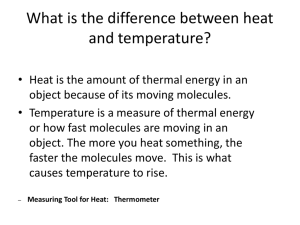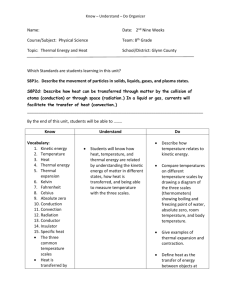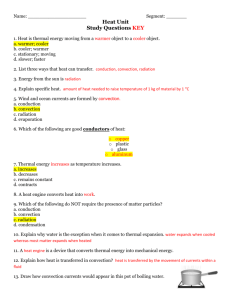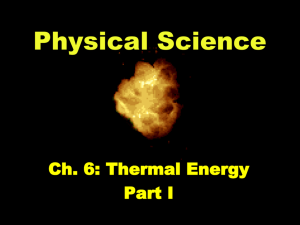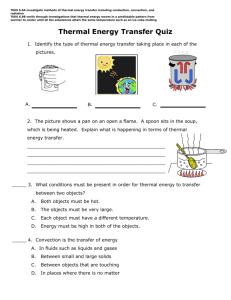Heating and cooling
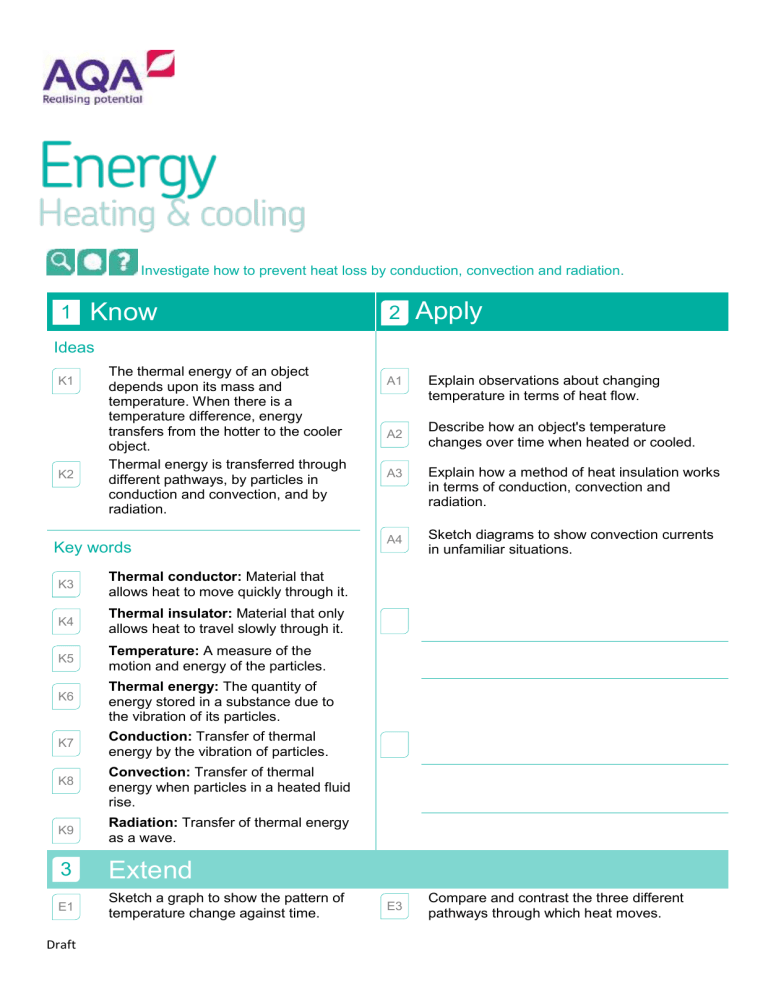
Investigate how to prevent heat loss by conduction, convection and radiation .
1
Know
Ideas
K1
K2
The thermal energy of an object depends upon its mass and temperature. When there is a temperature difference, energy transfers from the hotter to the cooler object.
Thermal energy is transferred through different pathways, by particles in conduction and convection, and by radiation.
2
Apply
A1 Explain observations about changing temperature in terms of heat flow.
A2
A3
Describe how an object's temperature changes over time when heated or cooled.
Explain how a method of heat insulation works in terms of conduction, convection and radiation.
A4
Sketch diagrams to show convection currents in unfamiliar situations.
Key words
K3
K4
K5
K6
K7
K8
K9
Thermal conductor: Material that allows heat to move quickly through it.
Thermal insulator: Material that only allows heat to travel slowly through it.
Temperature: A measure of the motion and energy of the particles.
Thermal energy: The quantity of energy stored in a substance due to the vibration of its particles.
Conduction: Transfer of thermal energy by the vibration of particles.
Convection: Transfer of thermal energy when particles in a heated fluid rise.
Radiation: Transfer of thermal energy as a wave.
3
E1
Extend
Sketch a graph to show the pattern of temperature change against time.
Draft
E3
Compare and contrast the three different pathways through which heat moves.
E2
Evaluate a claim about insulation in the home or for clothing technology.
Draft

